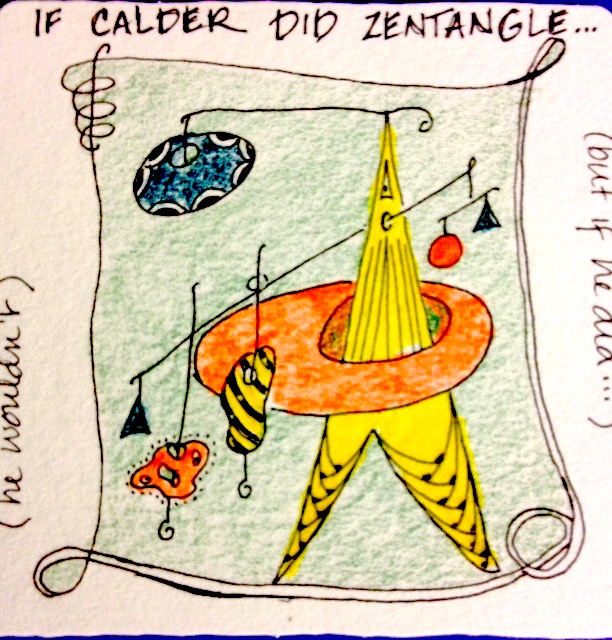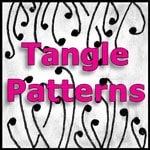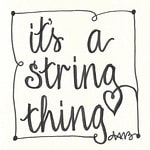|
Today I went up to the Peabody Essex Museum in Salem MA to see the Calder Exhibition before it leaves in January. This has been on my to-do list for some time now, and I didn't want to let time slip by and miss it. I was entranced. I've always liked his work, particularly his early wire sculptures and his later mobiles. Both the mobiles and the stabiles were beautifully displayed against stark white walls, and were dramatically lit to emphasize the wonderful moving shadows the mobiles cast. An elementary school class was there, and one of the teachers was talking to the kids about Calder and his art. Most of the kids were drawing the sculptures (oh, good luck to the ones trying to capture the gently-ever-shifting mobiles!), and from what I saw, they were doing a terrific job of it. They all looked about ten or eleven years old, and the drawings were good. My fan mail is enormous. Everyone is under six. Alexander Calder I wondered why they were so successfully drawing the work, when by that age most kids are reduced to stick-figure stilted art, and then it hit me--it's the same reason that Zentangle® works with kids and adults. 1) It's very pared down and simple (Zentangle may not look simple, but it is); and 2) the real key: It's not representational at all. In the case of Calder, it's a bunch of minimal wires, and a few shapes that don't mean anything--flat circles, triangles, and seemingly random shapes. Almost everyone can draw general shapes just fine, as long as they don't have to represent something like a tree or a dog or an eye. It's when the thing needs to look like something we recognize that the labeling, analytical part of the brain starts to interfere. "It's an orange, for cripes sake...just make a circle and then color it orange! That's enough; move on already!" That impatient, analytical brain is the death of really looking and really seeing, which enable us to draw. Anyway. I was inspired and delighted. Came home on the train and have been thinking about some of those wonderful, whimsical, dancing pieces. And then it hit me: What if Calder did Zentangle? Of course, he wouldn't have. It's not his style, although he really loved "taking a line for a walk," as the saying goes. So I started thinking about several of his mobiles that I saw today and found myself thinking, "But what if he had done a little Zentangle on some of those?" So from memory I created this very silly and goofy piece. It made me chuckle as I did it. (Since no photos were allowed, I made this up from memory--Calder did much more beautiful work of course) It looks terrible but it made me laugh out loud. Now I'm obsessed with wondering about other artists: What if Frida Kahlo did Zentangle? What if Picasso did Zentangle? What if John William Waterhouse did Zentangle (oh wait, maybe he did, in some of the details of the textiles in his paintings)? What if Mark Rothko did Zentangle? (Would that even be humanly possible...) Etc., etc. Am really having fun with this idea.
So glad I went--not because I think Calder's work would be "improved" by tangling on it. I don't think so! Just because it made me think. It was whimsical and lovely. It made me laugh, and I also teared up a few times, especially watching the kids and how absorbed they were. To an engineer, good enough means perfect. With an artist, there's no such thing as perfect. Alexander Calder Hmmm, sounds just like a Zentangle precept: there are no mistakes when tangling. Thank you, Mr. Calder. Comments are closed.
|
ABOUT ME I'm a textile artist (traditional rug hooking, punch needle rug hooking, and other textile arts), a long-time meditator, a certified meditation teacher and coach, and focused on learning about the interplay of art, creativity, and mindfulness every day. Certified Unified Mindfulness Coach
Categories
All
Archives
July 2024
|





 RSS Feed
RSS Feed



